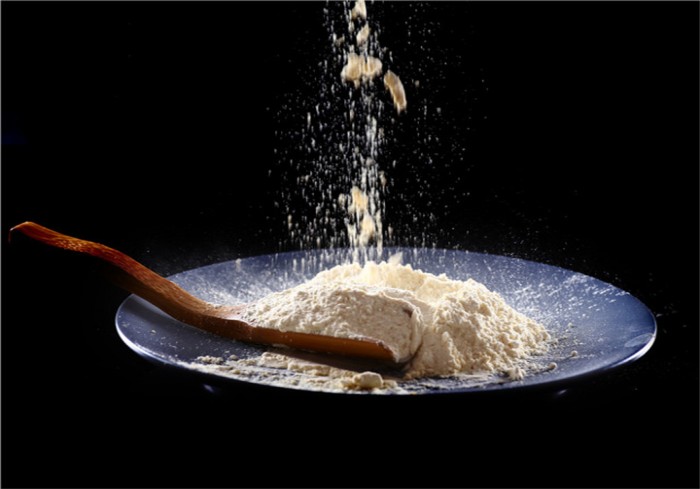Research Progress of Lecithin
Published on Feb. 24, 2020
Phospholipids were first discovered from the human brain by Uauquelin in 1812, and Golbley was isolated from egg yolks in 1844, and named Lecithin (lecithin) in 1850 according to the Greek word lekithos. In 1861 Topler discovered the presence of phospholipids from plant seeds. In 1925 Leven separated lecithin (phosphatidylcholine) from other phospholipids. The richest soy phospholipid to date was discovered in 1930. Phospholipids and proteins are the most important constituents of cell membranes. Since the 1990s, phospholipid research has achieved remarkable results in the fields of life sciences and brain sciences. Let Lecithin Factory introduce the current research progress of lecithin.
Soybean Lecithin Powder
Lecithin dosage form:
The main formulations of industrial lecithin are: liquid, granule and powder. The liquid concentration is about 60%, and the granule and powder can reach more than 95%.
The dosage forms of popular lecithin products are: "soft capsules" and "granules", and a small number of products are tablets and powders, such as Soybean Lecithin Powder.
Lecithin soft capsule is made of liquid lecithin as raw material, diluted with glycerin or soybean oil, and then wrapped with gelatin. Although it is convenient to take, the content of active ingredients is generally less than 60%, and more food additives are added. The price is lower, but you need to increase the amount. It is the dosage form adopted by most brands of lecithin.
Lecithin granules are mainly made by direct packing of granular lecithin products, or by adding granulating agents to reduce the viscosity of the granules. Due to high effective content, it is usually greater than 95% (up to 98%), and Less or no food additives, so it has higher absorption efficiency and health for the human body. Compared with lecithin soft capsules of low purity, containing a large amount of oil, which can only be swallowed, lecithin particles have high purity, It has the unique advantages of being fat and chewing. But the price is relatively high. So there are fewer brands of lecithin particles.
Lecithin production process:
Lecithin production generally uses the following processes:
1. Ethanol extraction: The principle is that lecithin is soluble in ethanol, other phospholipids: cerebral phospholipids, inositol phospholipids are insoluble in ethanol.
2. Layered column analysis method: The principle is that the adsorbents have different adsorption capacities for cerebral phospholipids, inositol phospholipids, and lecithin.
3. Co2 supercritical extraction: The principle is the abnormal equilibrium behavior and transfer performance of Co2 and lecithin at the supercritical point. Different components are separated under varying temperature and pressure.
4. Membrane separation method: The principle is to use different lecithins, brain phospholipids, and inositol phospholipids to form different molecular weights under different solvents to separate them. Permeable membrane can increase the content of lecithin from 25% to 51%, and the solution flowing through the membrane can be recovered and recovered, which can greatly improve the purity of lecithin. However, this method is not very mature and cannot distinguish between components with similar molecular weights. Currently limited to laboratories.
The above is the current research progress of lecithin introduced by Food Grade Soy Lecithin supplier.



